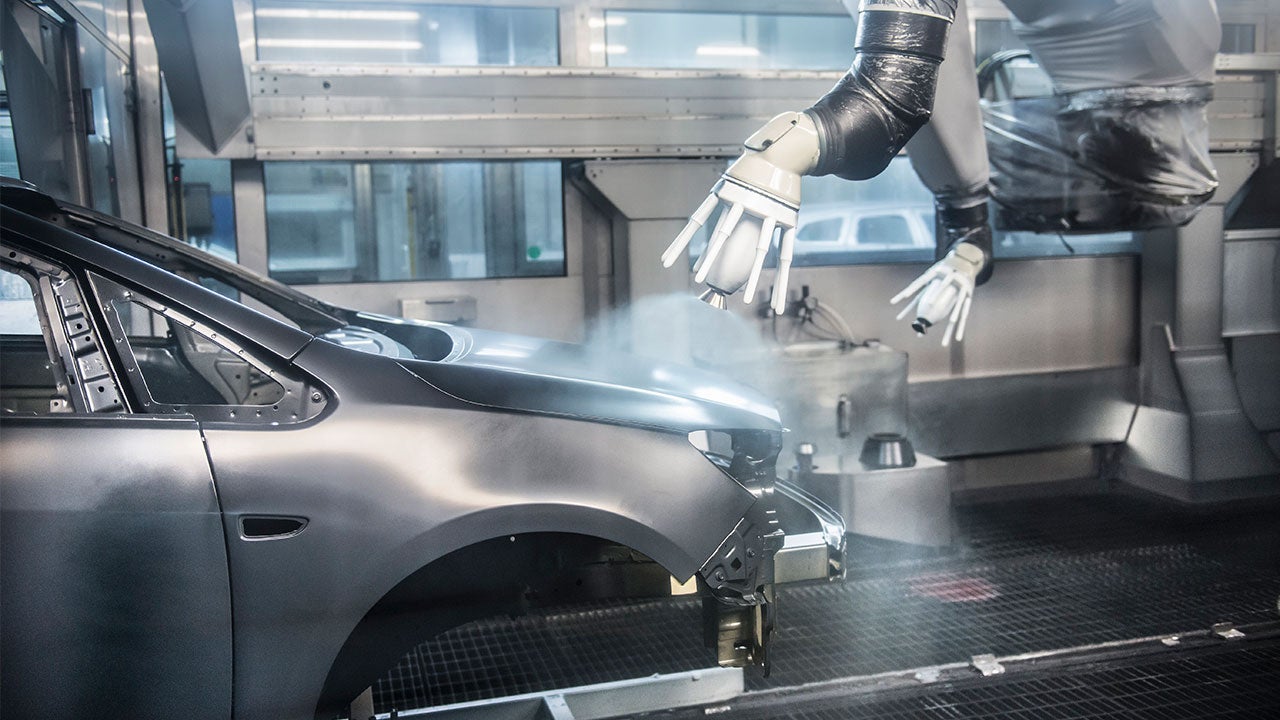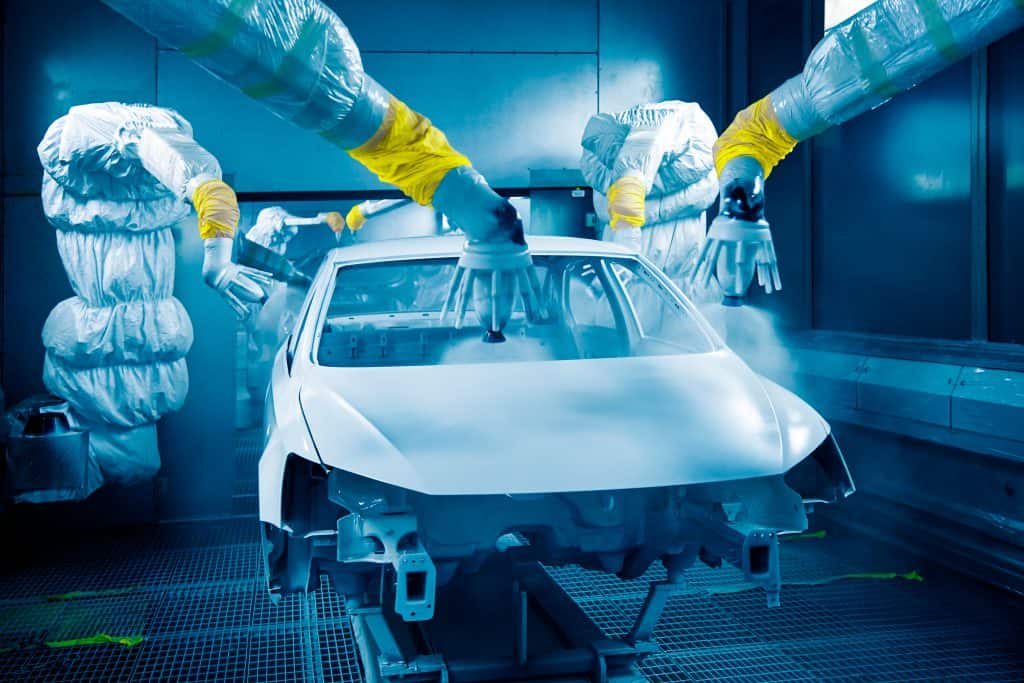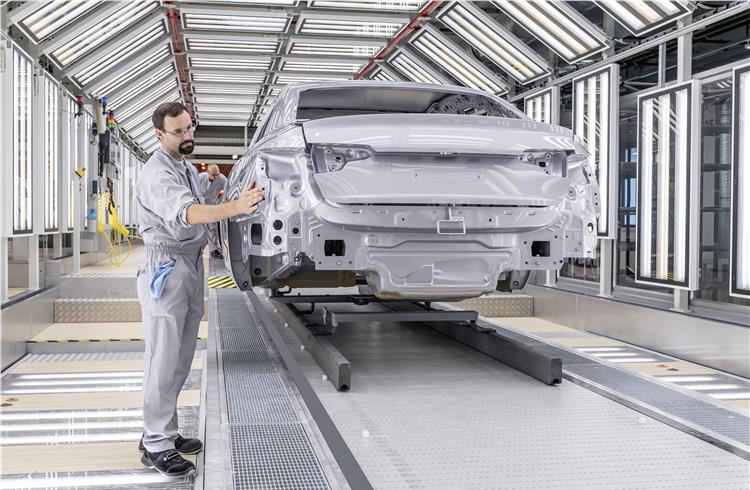A tachometer is a fascinating device commonly found in the world of horology. Its an advanced component that adds tremendous value to a watch by providing more than just the time. The main SEO keyword for this article, ‘how does a tachometer work on a watch’, will appear strategically within the initial paragraphs and throughout the entire piece.

What is a Tachometer?
Before diving into how a tachometer works on a watch, it is crucial to understand what a tachometer actually is. Essentially, a tachometer is a device that measures the speed at which an object is moving. In most common applications, these devices measure the rotations per minute (RPM) of an engine’s crankshaft or other rotating object. This kind of technology was initially used in vehicles and machinery but has since been miniaturized and adapted for use in watches.
The Basic Concept
The tachometer on a watch uses marks around the edge of the watchs face to measure speed over a fixed distance. Most typically, this function is seen in chronograph watches but could also be found in other types of timepieces.
Historical Context
Tachometers were initially developed for the automotive industry around the early 1900s. These early tachometers were huge, bulky devices made primarily for engines. However, with the evolution of technology, the concept was miniaturized, leading to the development of tachometers small enough to fit on the face of a watch. They first appeared on wristwatches around the mid 20th century, becoming increasingly popular for their functionality and modern appeal.
How Does a Tachometer Work on a Watch?
Now to answer the crucial question: how does a tachometer work on a watch? The function of the tachometer on a watch is based on the relationship between time and speed. To use a tachometer watch, you would start the chronograph function when passing a starting point of a known fixed distance. When you pass the end of this fixed distance, you stop the chronograph. The chronograph hand will point to a number on the tachymeter scale around the watchs edge. This number represents the speed in units per hour (e.g., kilometers per hour or miles per hour).
Components of a Tachometer Watch
- Chronograph Buttons: Used to start, stop, and reset the chronograph function.
- Chronograph Hand: Measures the elapsed time.
- Tachymeter Scale: This fixed scale is usually imprinted on the bezel or dial and aids in measuring speed.
The precision of a tachometer watch depends largely on the accuracy of the chronograph mechanism as well as its calibration.
Practical Applications
Tachometer watches have a variety of practical applications. Whether youre a professional race car driver assessing lap times and speeds, or a professional requiring precise speed measurements, a tachymeter watch is invaluable. It is particularly useful in any field where the measurement of speed over a known distance is required.
Using a Tachometer to Measure Speed
To recapture the essence of how does a tachometer work on a watch, lets explore a practical example. Imagine you are driving on a track, and you know the length of the track is one kilometer. As you start driving, you press the chronograph button to start timing. Upon completing the kilometer, you stop the chronograph, and the reading on the tachometer will show your speed in kilometers per hour.
Technological Advancements
With tremendous technological advancements in micro-engineering, the precision and reliability of tachometers on watches have improved significantly. Modern advancements have led to better materials, more precise mechanisms, and even digital improvements.
Materials and Build Quality
Modern tachometer watches often use high-quality materials such as stainless steel, sapphire crystal, and advanced rubbers or leathers for straps. These materials ensure the watch is both durable and aesthetically pleasing.
Integration with Other Technologies
Some modern watches now feature digital tachometer readouts, offering a tremendous blend of traditional mechanical movements with modern digital displays. This hybrid approach ensures that the user gets the best of both worlds: the nostalgic appeal of a mechanical watch with the practicality and precision of digital technology.
Energy Efficiency
One of the common criticisms of earlier tachometer watches was their power consumption. Modern designs have improved this significantly, making them more energy-efficient and extending their battery life.
FAQ
What is the primary function of a tachometer on a watch?
A tachometer on a watch is primarily used to measure speed over a fixed distance, showing the result in units per hour.
How precise is a tachometer watch?
The precision of a tachometer watch depends on the quality of its chronograph mechanism and its calibration.
Can tachometer watches be used for other measurements?
While primarily for speed, they can also be used in various fields such as aviation and sports for different types of measurements.

Conclusion
To sum it up, tachometer watches are a masterpiece of both utility and craftsmanship. Understanding how does a tachometer work on a watch gives you a deeper appreciation for this fascinating blend of technology and art.
For readers interested in more detailed scientific content and applications, refer to the [relevant specialized content](https://en.wikipedia.org/wiki/Tachometer) (external link in blue).
For more insights into related technologies, feel free to visit our articles:
